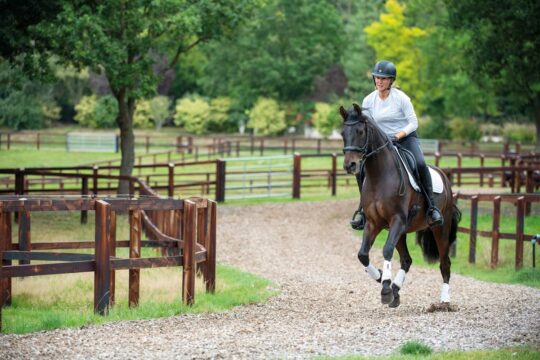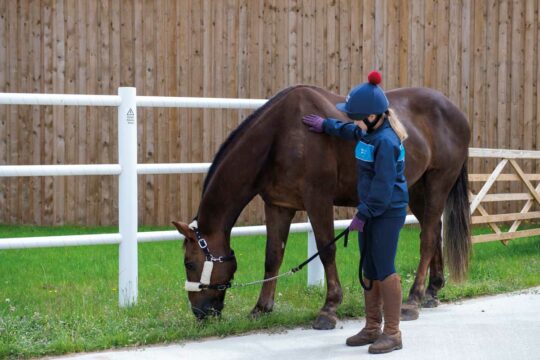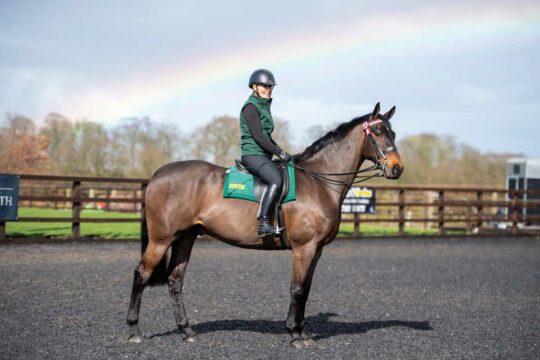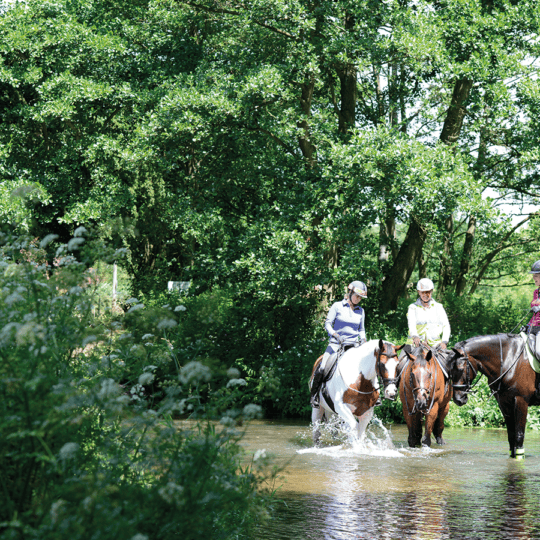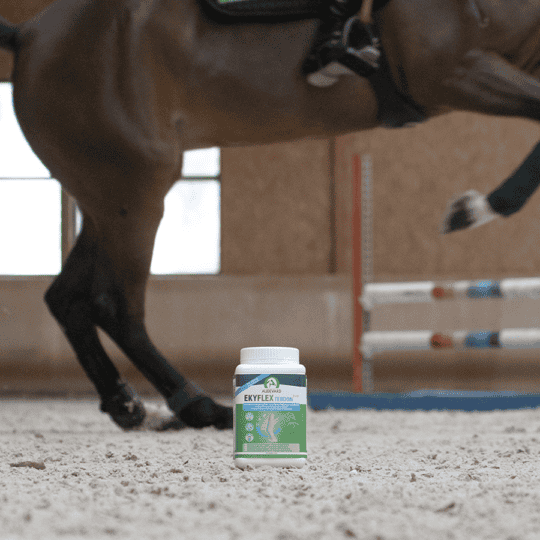Sacroiliac disease
Posted 13th May 2024
Vet David Rutherford looks at sacroiliac disease, what it means for your horse and how it’s treated
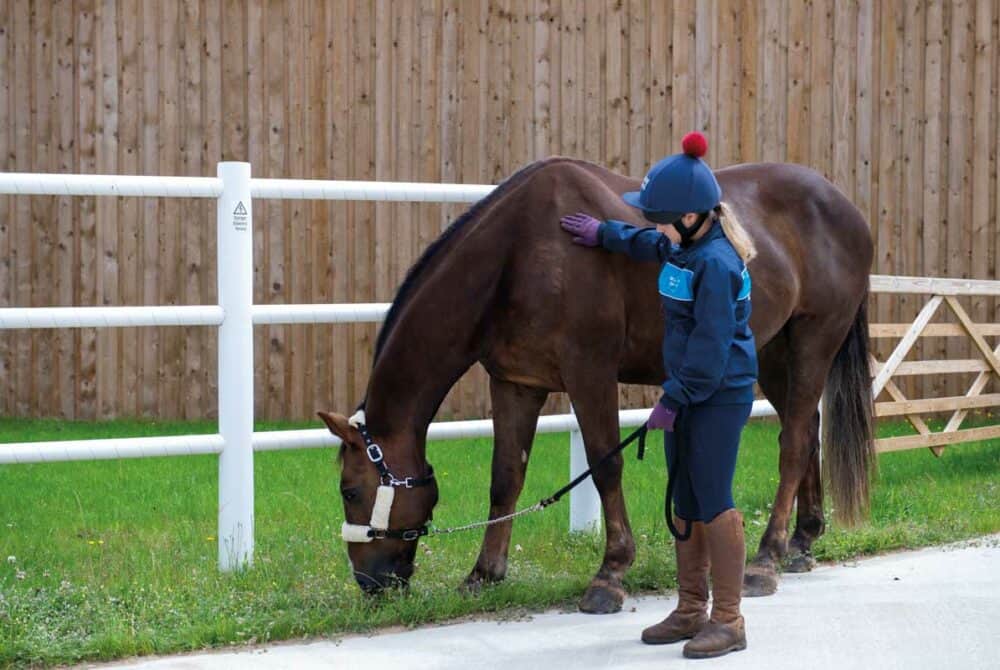
When we think of back issues in horses, it’s easy to focus on the vertebrae that form the main part of the spine but, sometimes, problems can arise in the hindquarters where the pelvis sits and, more specifically, in the sacroiliac region. Damage in this area can give rise to obvious pain and lameness, but often symptoms are more subtle and not immediately apparent.
A weakened bond
In horses, the section of the backbone that runs through the rump area inside the pelvis is called the sacrum and, on each side of the body, it’s connected to a part of the pelvis called the ilium. This connection is called the sacroiliac and is a separate area on both the left and right sides of the body.
The sacroiliac area is not a joint, however. Instead, the sacrum and ilium are bonded together with tight connective tissue, which, in a sound horse, is pretty much immobile. This allows a horse’s weight and the forces required for movement to be transferred back and forth between the backbone and the pelvis efficiently and without any discomfort.
In sacroiliac disease, this tight bond between the sacrum and one or both sides of the ilium becomes weakened and a little loose. As a result, during movement when weight is transferred from the legs to the body, the weakness in the bond allows a small amount of movement to occur between the sacrum and the ilium, which then causes inflammation and pain.
Over time, scar tissue builds up around the sacroiliac area and calluses can form on the bone surfaces, making the union between the two bones weaker still and the problem worse.
Abnormal forces
Sacroiliac disease can be a primary problem or secondary to other orthopaedic issues. Primary damage to the sacroiliac area may be the result of a specific traumatic incident, such as a fall or trailer accident. On such occasions, there can be a sudden significant strain to the sacroiliac area caused by the impact, and the tight fibres bonding the sacrum to the ilium can be torn. For example, if a horse rears and lands hard on his quarters, all his weight will impact on the back of the pelvis and create a massive shunting force upwards through the body, potentially causing a strain in the sacroiliac region. Whether one side of the sacroiliac region is affected or both will depend on the nature of the incident.
Sacroiliac disease can also be a repetitive strain injury, which is usually found in conjunction with another underlying problem, most commonly proximal suspensory disease in the hindlimbs, hock joint arthritis (bone spavin) or kissing spines, but any prolonged lameness could be responsible.
Due to pain, these issues tend to cause long-term asymmetric movement within the body and, in particular, the pelvis, so the forces acting on the sacroiliac area are abnormal. Over time, this results in a gradual weakening of the fibres connecting the sacrum and ilium, and their bond is loosened.
Did you know?
If there’s damage to the sacroiliac area, there’s likely to be a mild worsening of lameness after a hindlimb flexion test, or when the horse is ridden.
Find out more about sacroiliac disease in June Horse&Rider, out now!



